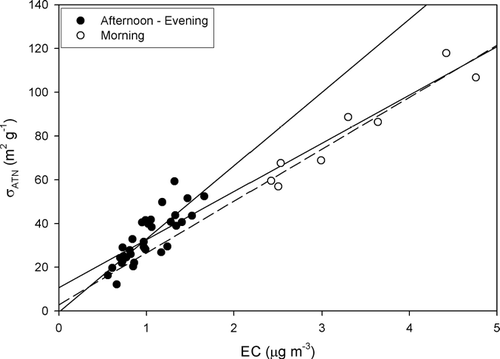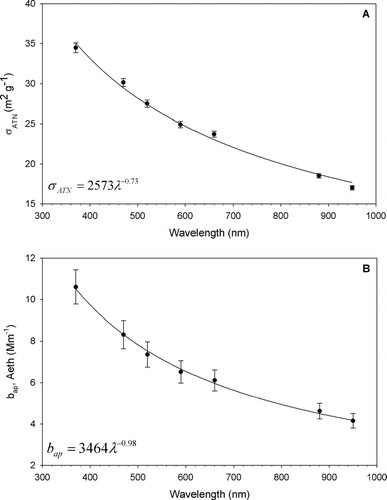Figures & data
TABLE 1 Published values for the specific attenuation cross-section of ambient aerosols
FIG. 1 Comparisons of semi-continuous thermal EC (Sunset Labs instrument) with integrated filter measurements of EC () and with absorption coefficients (bap) as determined by two co-located PSAPs ( and ). PSAP data is segregated by transmittance values and by instrument in and , respectively. The resulting slope of these plots represents the specific attenuation cross-section (σATN). Two PSAPs were used sequentially during the study. Regression statistics for each subset are available in in the supplemental materials accompanying this article.

FIG. 2 Comparison of absorption coefficients (bap) determined by two co-located Aethalometers. Aethalometer #1 utilized the standard “high-sensitivity” collection spot while Aethalometer #2 was fitted with the optional “extended-range” collection head. Six of the seven available wavelengths are shown. All values are in Mm−1.
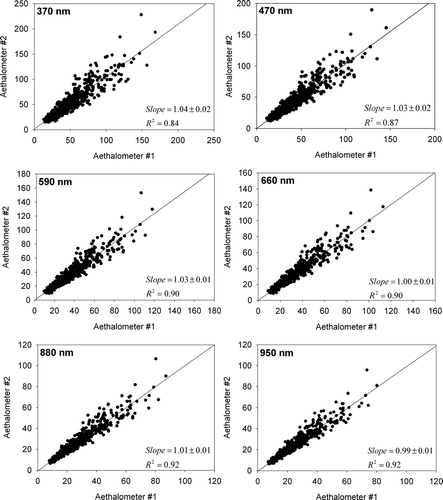
FIG. 3 Comparison of absorption coefficients determined by PSAP and Aethalometer. PSAP data is segregated by transmittance in and by instrument in . Note that while the correlation between the two instruments is strong, the slope demonstrates a significant deviation from a 1:1 relationship. Regression statistics for each subset are available in in the supplemental materials accompanying this article.
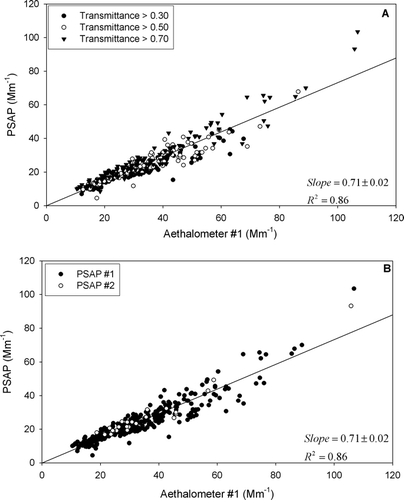
FIG. 4 Comparison of hourly thermal EC (Sunset Labs RT instrument) and absorption coefficients as determined by Aethalometer #1. Although significant zero-offsets are observed, a strong correlation between attenuation and thermal EC across a wide range of wavelengths is demonstrated by these plots. As in and , the slopes represent the specific attenuation cross section (σATN). Six of the seven available wavelengths are shown.
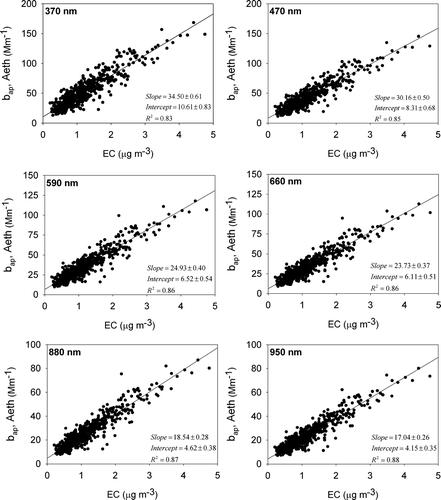
FIG. 6 Comparison of the performance of PSAP and Aethalometer filters. and show a side-by-side comparison of absorption coefficients and transmittance values, respectively, from two co-located PSAPs both using the tissue-glass filters. and show side-by-side comparisons of bap values and transmittance values from the same two instruments when one of the tissue-glass filters is replace with the tissue-quartz filter used in the Aethalometer (in effect, changing both reference and sample filters). Dashed lines in the transmittance plots represent the 1:1 line.
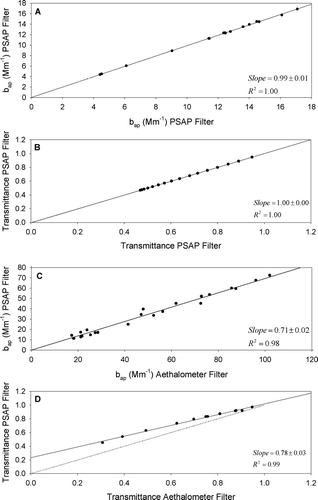
TABLE 2 Specific attenuation cross-section (σATN) measured in this study
FIG. 7 Diurnal variations in the light absorbing properties of ambient aerosols during SOAR along with selected bulk chemical measurements. Similar patterns in weekday σ ATN are observed in data from the Aethalometer and PSAP (). These patterns appear related to the OC/EC ratio () and changes in Åap () but unrelated to average OC () and EC () concentrations. Error bars shown represent standard error. n = 504 hours.
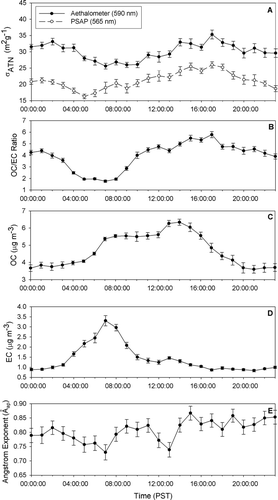
FIG. S1 Specific attenuation cross section (σATN) values for Fridays demonstrate two distinct populations. The morning values (open circles) demonstrate a low attenuation cross section, presumably due to an infusion of fresh, externally mixed LAC from morning rush-hour traffic. During the afternoon and evening (closed circles), σATN is distinctly lower, representing the dominance of externally mixed LAC. The result of these distinct populations of σATN is a significant intercept in the linear relationship between ATN and EC mass concentration. The slope of the bap/EC line during the morning (dashed line) is significantly lower than that of the afternoon/evening line (upper line). The best fit line though all points results in an intercept due to the influence of morning data and this may be a primary cause of the intercepts seen in the relationship between ATN reported by both the PSAP and the Aethalometer and EC mass concentration.
